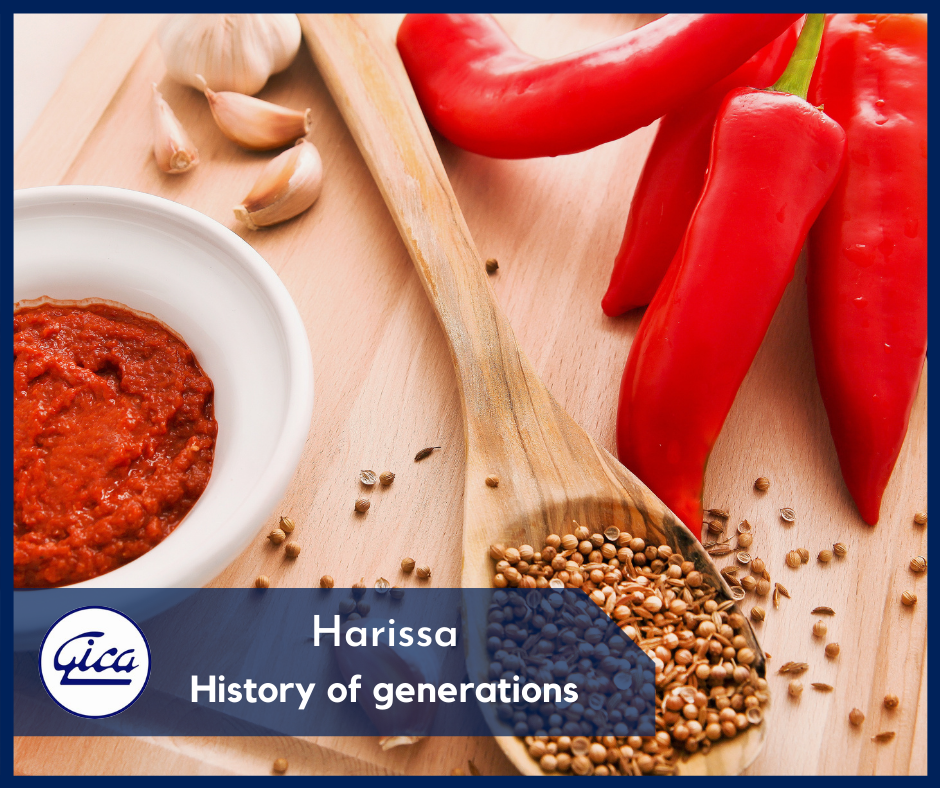
Ranked second nationally after tomato processing, the processing of pepper into Harissa represents one of the most important branches of the food canning sector in Tunisia.
It is from the XVII century, that the cultivation of chilli peppers began in the coastal region of Cape Bon, and since then, Harissa has become an authentic recipe, which is transmitted from generation to generation in every Tunisian family. From the middle of the XX century, processing units adopted and industrialized the recipe.
The Harissa, this spicy and hot sauce with a pasty texture, composed of red peppers and a mixture of typically Mediterranean spices which are garlic, coriander, caraway and salt, is one of the most valued products by the Tunisian consumer.
This essential condiment of the Tunisian gastronomy is a source of a multitude of benefits on human health. Allowing to take advantage of the assets of the red pepper, Harissa represents a source of Vitamins B6, C, E and K, and Iron, Copper, Magnesium, and in particular capsaicin, this antioxidant responsible for the spicy taste. Proven by a multitude of scientific research, the consumption of Harissa improves digestion, prevents diabetes and cancer, and reduces the risk of cardiovascular disease.
We recall that a candidature file of the Harissa entitled “Knowledge, know-how and culinary and social practices” was officially submitted on October 14, 2020 to UNESCO with a view to its inscription on the Representative List of the Cultural and Intangible Heritage of Humanity.
Tags: harissa, tunisianharissa






